- Home
-
My Models
-
AV History
- Airline History Blog
-
Airline Development
>
-
Liveries
>
- Aeroméxico Liveries
- Air China Special Liveries
- American Airlines Liveries
- British Airways Liveries
- Continental Airlines Liveries
- Delta Air Lines Liveries
- Eastern Air Lines Liveries
- Landor Liveries
- National Airlines Liveries
- Northeast Airlines Liveries
- Northwest Airlines Liveries
- Pan Am Liveries
- Trans World Airlines Liveries
- United Airlines Liveries
- Western Airlines Liveries
- Airbus A380s >
- Boeing 747 >
- Real Airport Histories >
- Plane Spotting >
- Aviation Stickers >
-
1:400 SCALE
- Collecting 1:400 Scale >
- The History of 1:400 Scale >
-
1:400 Brands
>
- Aeroclassics >
- Airshop Diecast
- AURORA Models
- Aviation400 (2007-2012)
- Big Bird 400 Your Craftsman
- Black Box Models
- Blue Box & Magic Models
- C Models
- Dragon Wings
- El Aviador 400
- Gemini Jets >
- JAL Collection / Jet Hut >
- Jet-X >
- MP4 Models
- NG Models >
- Panda Models >
- Phoenix Models >
- Seattle Models Co (SMA)
- Skyjets400
- Sovereign Models
- TucanoLine
- Witty Wings / Apollo
- Yu ModeLs
- 1:400 Custom Models >
- Production Numbers
- Zinc Rot
-
1:400 Moulds
- The Best Moulds >
- Airbus >
-
Boeing
>
- Boeing B-377 Stratocruiser
- Short Boeing 707s & 720s
- Boeing 707-320/420
- Boeing 717
- Boeing 727-100
- Boeing 727-200
- Boeing 737-100/200
- Boeing 737-300 >
- Boeing 737-400
- Boeing 737-500
- Boeing 737-600
- Boeing 737-700/800/900 >
- Boeing 737 MAX
- Boeing 747-100/200 >
- Boeing 747-400 >
- Boeing 747SP
- Boeing 747-8 Interactive
- Boeing 747LCF Dreamlifter
- Boeing 757-200 >
- Boeing 757-300
- Boeing 767-200
- Boeing 767-300
- Boeing 777-200
- Boeing 777-300
- Boeing 787
- British >
- Douglas >
- Lockheed >
- Other >
- Chinese >
- Soviet >
- Smallest Moulds in 1:400
-
1:400 Reviews
-
Model News
- Model Blog
-
New Mould Samples
>
- Aviation400 >
- JC Wings >
-
NG Models 400 Scale
>
- Airbus A318
- Airbus A319/320 CEO
- Airbus A319/320 NEO
- Airbus A321CEO & NEO
- Airbus A330-200/300
- Airbus A330 Beluga XL
- Airbus A330-800/900
- Airbus A340-200/300
- Airbus A350-900
- Airbus A350-1000
- Boeing 737-600/700/900
- Boeing 737-600 Refresh
- Boeing 737-800
- Boeing 737 MAX-8/MAX-9
- Boeing 737 MAX-7/MAX-10
- Boeing 747-100
- Boeing 747-200
- Boeing 747-400
- Boeing B747SP
- Boeing 747-8I
- Boeing 747-8F
- NG 747s Together
- Boeing 757-300
- Boeing 767-200/300 >
- Boeing 767-400 >
- Boeing 777-200
- Boeing 777-300/300ER
- Boeing 787-8
- Lockheed L-1011 Tristar
- Lockeed Tristar 500
- McDonnell Douglas MD-80
- McDonnell Douglas MD-87
- Tupolev Tu-154
- Tupolev Tu-204/Tu-214/Tu-234
- NG Models 200 Scale >
- Phoenix Models >
- Yu ModeL >
-
1:600 SCALE
- DIORAMAS
From Auckland to get to Europe you can nowadays fly across the USA (with United or Air New Zealand), across Asia (with Thai, Korean Air, Malaysia, Cathay Pacific or Philippines), through the Middle East (with Emirates or Qatar) or through China (yes I now it is also in Asia). The latter option has an impressive six airline choices to choose from (Air China, China Eastern, China Southern, Hainan Airlines, Tianjin Airlines and Sichuan Airlines). So there is plenty of choice. Since we booked late it wasn’t cheap and so we went with price, which usually means either Malaysia or one of the Chinese airlines.
I’m fascinated by Chinese aviation so choosing CZ wasn’t a bad option plus it meant flying on almost new Boeing 787s with a good onboard product. Guangzhou Baiyun is a nearly new airport (by Western standards) having opened in 2004, whilst the new Terminal 2 opened only in early 2018. Guangzhou itself is within the Guangdong province, which itself is in Southern China less than a few hundred kilometres from the huge cities of Shenzhen and Hong Kong. Guangzhou was formerly known as Canton hence the airport’s IATA code is still CAN.
Our flight left, CZ0306, Auckland at 23:00 on Saturday December 15 and arrived at Guangzhou early in the morning on the Sunday 16th whilst it was still dark. Our aircraft was the nearly new Boeing 787-9 B-1242, which was delivered only on April 30, 2018. The flight was on time and landed on runway 02L. With all the lights and the aircraft windows taking photos whilst taxing was not very successful but it was immediately obvious that this was China Southern’s homebase as there were rows of CZ A320 and 737 family aircraft waiting their first duties of the day.
As we were only transiting through the airport we could not go through immigration and so were rather stuck in the international side of the new Terminal 2 for the 3 hours we had between flights. Our 787 pulled into gate 168 and it was quite a long walk to the transfer point, where you had to go through security again, but once past that we were let loose in the departures level of the terminal.
It is a very modern and open space with a lot of windows to the airside. Inside the terminal it is rather spartan and there is a lot of empty space, which makes it seem rather characterless (unlike Singapore and Seoul), but then again there were no separate gate lounges either to impede views and there was plenty of space to avoid other travelers too. Surprisingly airside there aren’t a lot of shops or eateries and even when you did find them most didn’t accept foreign credit-cards (even McDonalds, although BK did).
Above: Looking across the middle of the terminal from gates A168-A173 with the domestic piers in the background
Above: Looking across between the right side piers from gate A156
On the spotting front China Southern dominate Terminal 2, even in the international side, which is used by some but not all international airlines. In the time I was there foreign airlines were few and far between and only from Asia and Africa. The latter is very surprising but talks to China’s power and investment in the African region.
Above: Air Madagascar was a surprising visitor. Over 95% of traffic was Chinese
Spotting was possible from almost everywhere in the terminal but the best vantage points for the runways 02L and 02R were the ends of the piers around gate A157 and A148. The problem is one of reflections. Common to most airports all the internal lighting reflects annoyingly off the windows making photos really difficult. You find yourself searching for tiny parts of the window in the shadow of pillars and such. Outside the weather was overcast (or the air pollution was just appalling, I’m not sure which) and that didn’t help photography either but as it got lighter the photos improved a bit, especially when the external lighting was turned off.
Above: Probably the best spotting was from the pier ends overlooking two of the active runways, like gate A160 here. Note the FedEx ramp in the background. Also note annoying reflections.
Terminal 1 on that side of the airfield seemed mainly to cater to China Eastern Group airlines so traffic on runways 02L and 02R was mainly China Southern and China Eastern with a sprinkling of HNA Group and Sichuan Airlines. The latter was the only non-CZ Chinese airline who used the T2 international gates.
Above: Looking beyond the overnight parking ramp one side of one of the three right side T1 piers could be seen. With traffic like this MU A320 at it.
Overall opportunities for spotting were good, if limited, and opportunities for photographs limited but possible, albeit not at the quality you might want them to be. On the return leg of our journey we had a much longer layover but perversely the majority of the 7 hours or so was during the dark hours so photography was very limited, and traffic quite infrequent too. We also caught exactly the same Boeing 787-9 on the return CAN-AKL leg as we'd got on the first leg.
The outbound CAN-LHR leg of the journey was served by an older Boeing 787-8, B-2788. The flight was fine but the IFE was inferior and older than that on the 787-9. It for example had a remote and the headphones plugged into the seat arm whereas on the 787-9 it was touchscreen and the headphones plugged into the seat in front. Still it was perfectly reasonable for economy class.
Below: B-2788 just prior to boarding the plane.
The return leg LHR-CAN was also on a 787-8 but this time sistership B-2733 took the journey. That brings me to the end of this introduction to the Guangzhou T2 experience. In part 2 I'll look at what traffic I actually saw.
0 Comments
Leave a Reply. |
Author
I'm Richard Stretton, an aviation enthusiast and major collector of 400 scale model aircraft. This blog discusses ongoing events in the world of 400 scale. This site is free. Please donate to keep it going.
|
- Home
-
My Models
-
AV History
- Airline History Blog
-
Airline Development
>
-
Liveries
>
- Aeroméxico Liveries
- Air China Special Liveries
- American Airlines Liveries
- British Airways Liveries
- Continental Airlines Liveries
- Delta Air Lines Liveries
- Eastern Air Lines Liveries
- Landor Liveries
- National Airlines Liveries
- Northeast Airlines Liveries
- Northwest Airlines Liveries
- Pan Am Liveries
- Trans World Airlines Liveries
- United Airlines Liveries
- Western Airlines Liveries
- Airbus A380s >
- Boeing 747 >
- Real Airport Histories >
- Plane Spotting >
- Aviation Stickers >
-
1:400 SCALE
- Collecting 1:400 Scale >
- The History of 1:400 Scale >
-
1:400 Brands
>
- Aeroclassics >
- Airshop Diecast
- AURORA Models
- Aviation400 (2007-2012)
- Big Bird 400 Your Craftsman
- Black Box Models
- Blue Box & Magic Models
- C Models
- Dragon Wings
- El Aviador 400
- Gemini Jets >
- JAL Collection / Jet Hut >
- Jet-X >
- MP4 Models
- NG Models >
- Panda Models >
- Phoenix Models >
- Seattle Models Co (SMA)
- Skyjets400
- Sovereign Models
- TucanoLine
- Witty Wings / Apollo
- Yu ModeLs
- 1:400 Custom Models >
- Production Numbers
- Zinc Rot
-
1:400 Moulds
- The Best Moulds >
- Airbus >
-
Boeing
>
- Boeing B-377 Stratocruiser
- Short Boeing 707s & 720s
- Boeing 707-320/420
- Boeing 717
- Boeing 727-100
- Boeing 727-200
- Boeing 737-100/200
- Boeing 737-300 >
- Boeing 737-400
- Boeing 737-500
- Boeing 737-600
- Boeing 737-700/800/900 >
- Boeing 737 MAX
- Boeing 747-100/200 >
- Boeing 747-400 >
- Boeing 747SP
- Boeing 747-8 Interactive
- Boeing 747LCF Dreamlifter
- Boeing 757-200 >
- Boeing 757-300
- Boeing 767-200
- Boeing 767-300
- Boeing 777-200
- Boeing 777-300
- Boeing 787
- British >
- Douglas >
- Lockheed >
- Other >
- Chinese >
- Soviet >
- Smallest Moulds in 1:400
-
1:400 Reviews
-
Model News
- Model Blog
-
New Mould Samples
>
- Aviation400 >
- JC Wings >
-
NG Models 400 Scale
>
- Airbus A318
- Airbus A319/320 CEO
- Airbus A319/320 NEO
- Airbus A321CEO & NEO
- Airbus A330-200/300
- Airbus A330 Beluga XL
- Airbus A330-800/900
- Airbus A340-200/300
- Airbus A350-900
- Airbus A350-1000
- Boeing 737-600/700/900
- Boeing 737-600 Refresh
- Boeing 737-800
- Boeing 737 MAX-8/MAX-9
- Boeing 737 MAX-7/MAX-10
- Boeing 747-100
- Boeing 747-200
- Boeing 747-400
- Boeing B747SP
- Boeing 747-8I
- Boeing 747-8F
- NG 747s Together
- Boeing 757-300
- Boeing 767-200/300 >
- Boeing 767-400 >
- Boeing 777-200
- Boeing 777-300/300ER
- Boeing 787-8
- Lockheed L-1011 Tristar
- Lockeed Tristar 500
- McDonnell Douglas MD-80
- McDonnell Douglas MD-87
- Tupolev Tu-154
- Tupolev Tu-204/Tu-214/Tu-234
- NG Models 200 Scale >
- Phoenix Models >
- Yu ModeL >
-
1:600 SCALE
- DIORAMAS
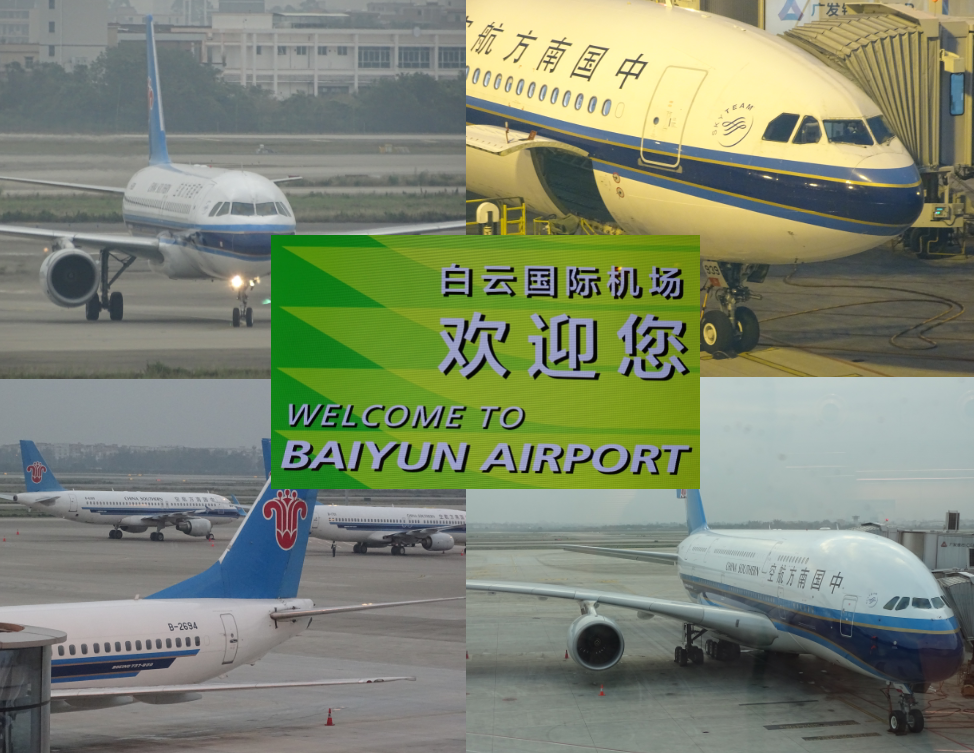
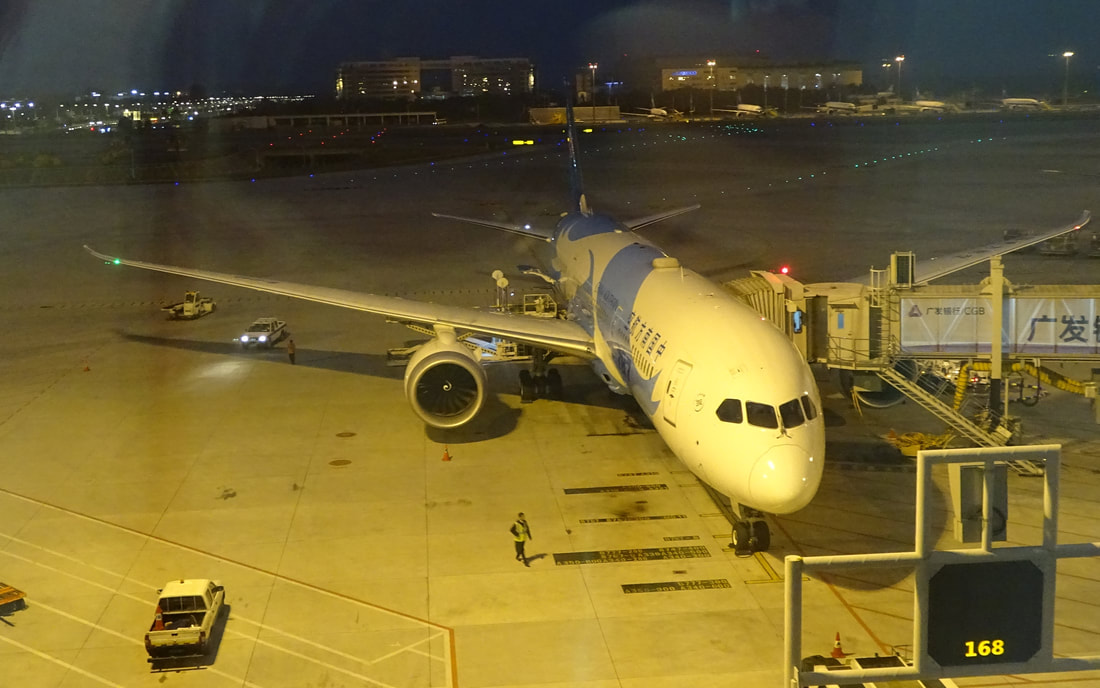

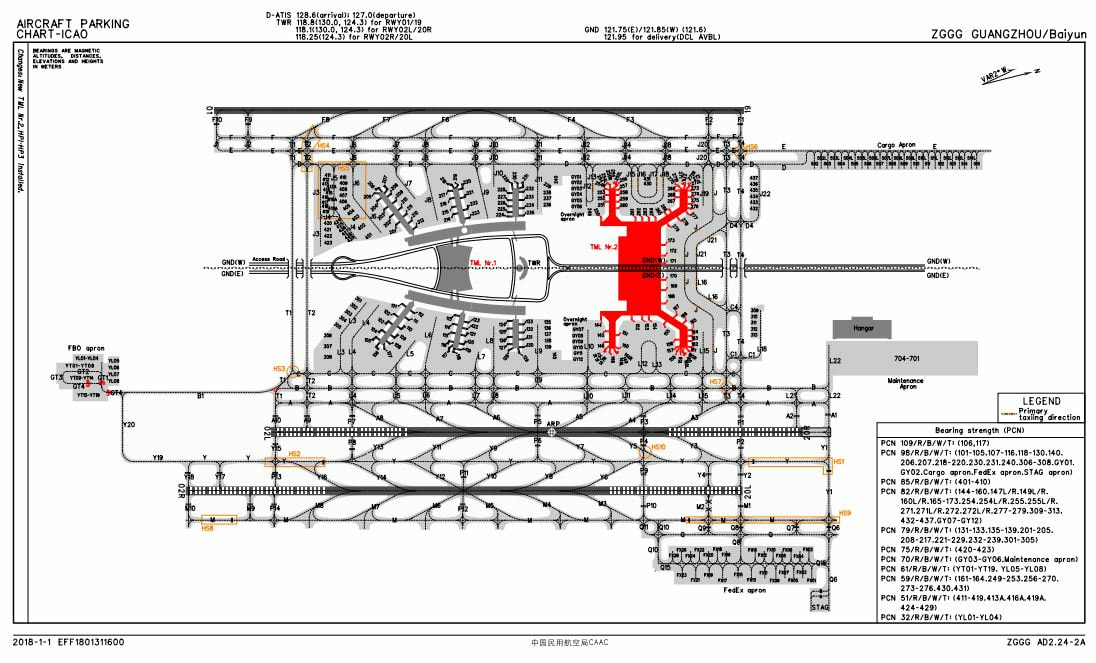
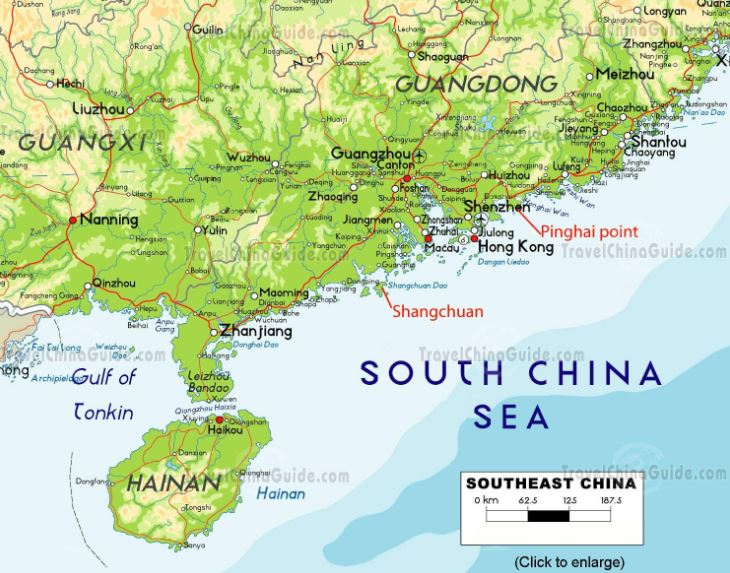
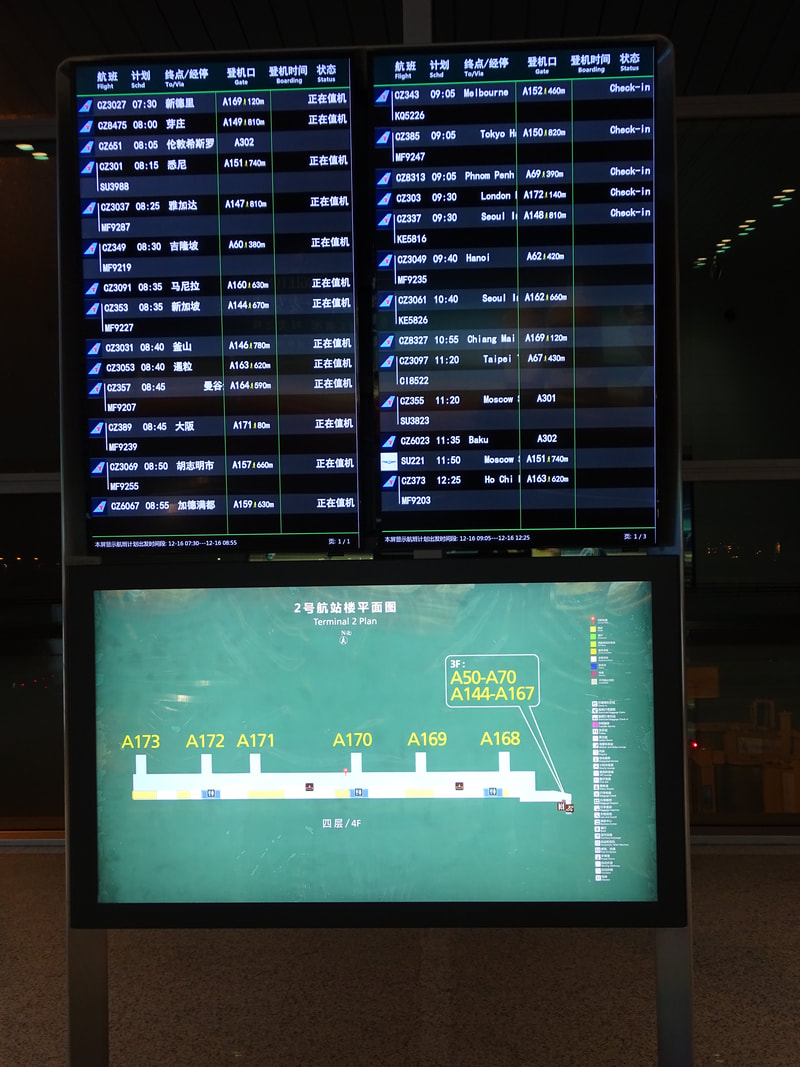
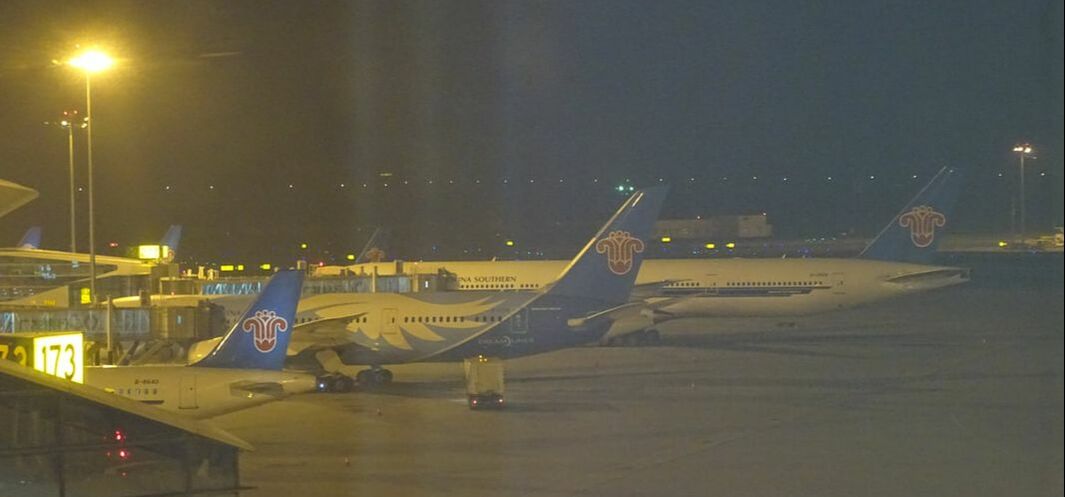
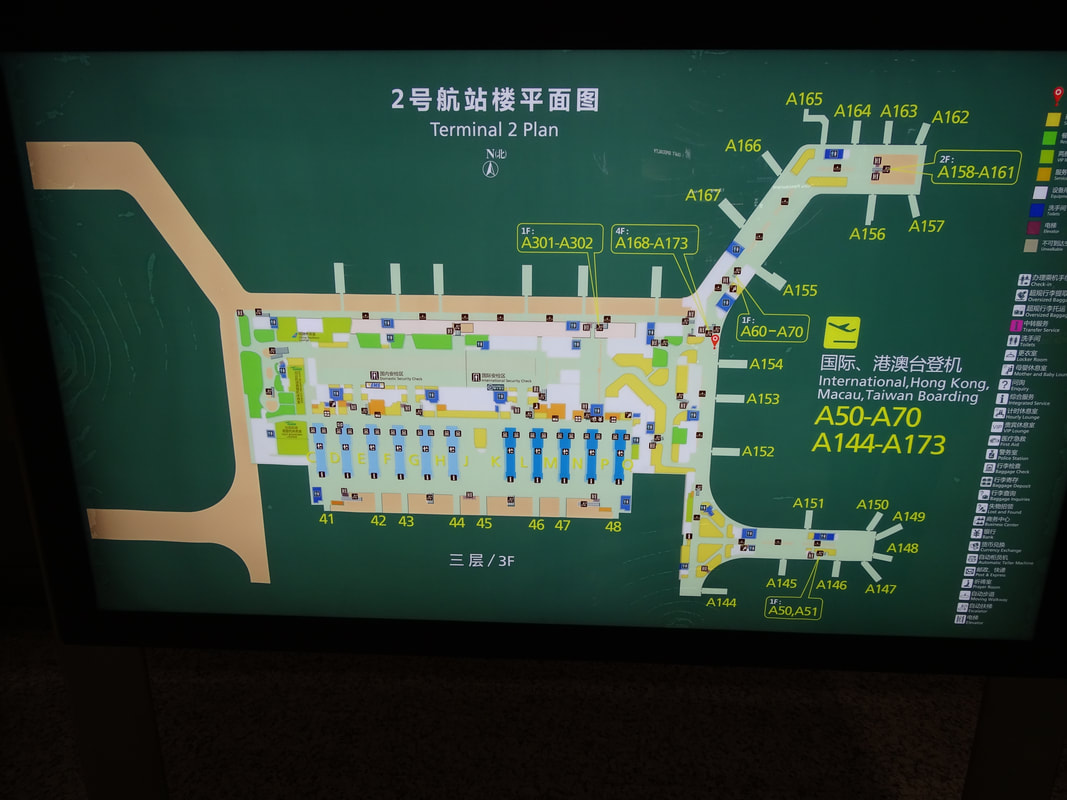
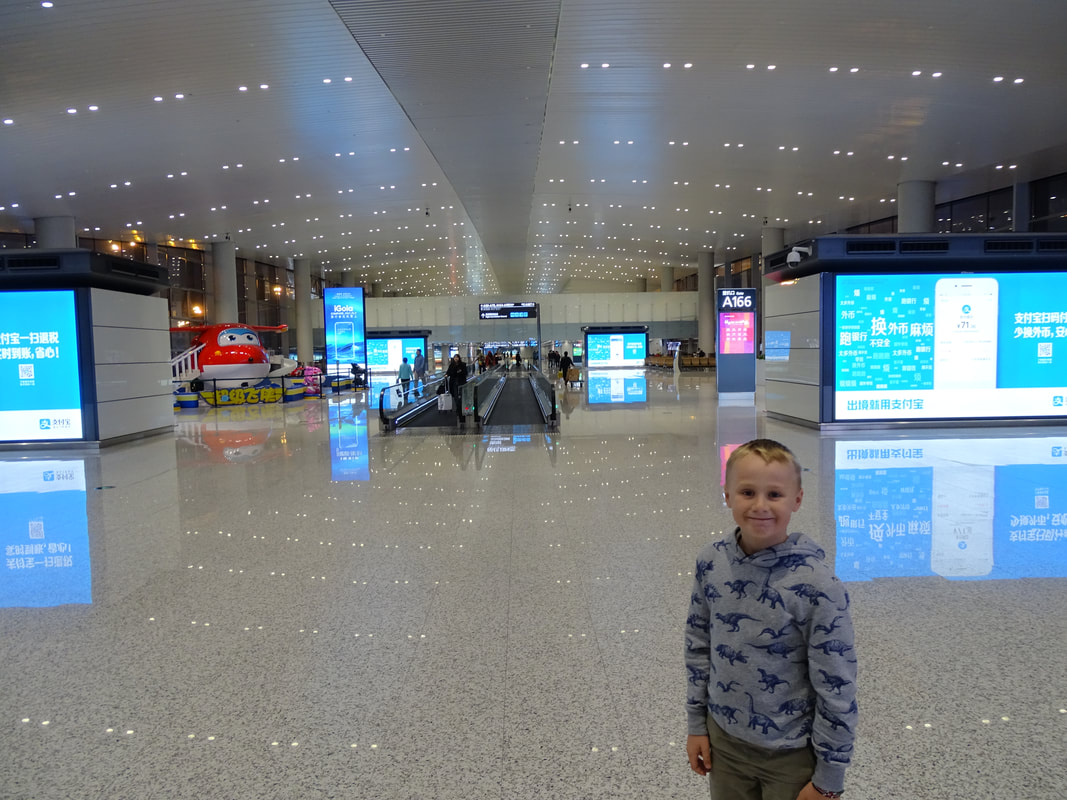
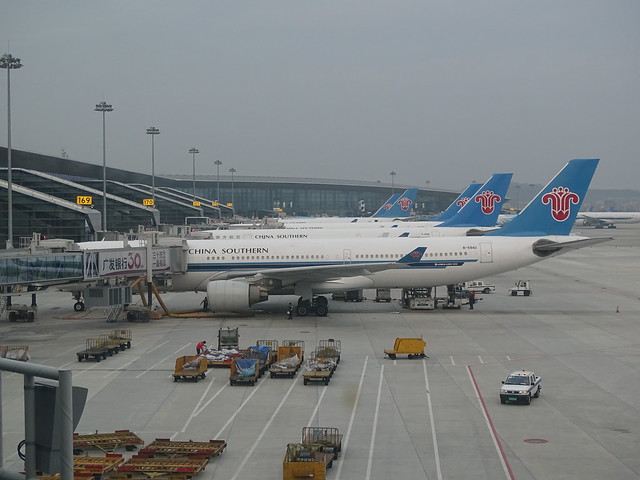
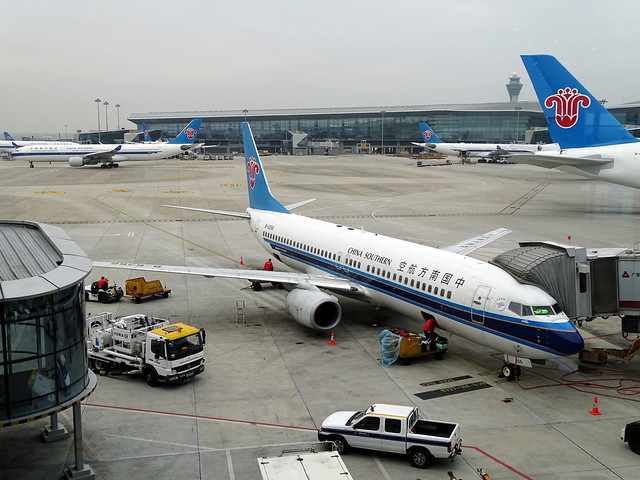
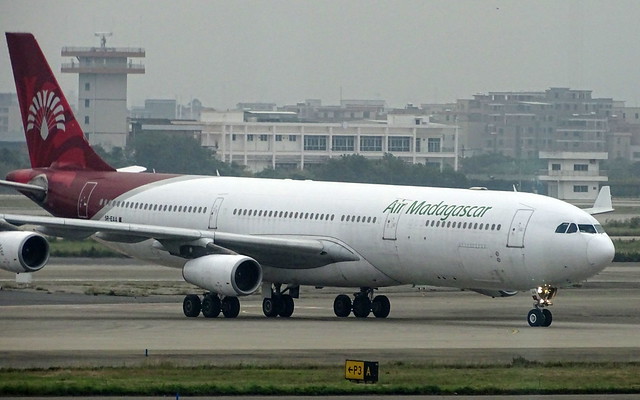
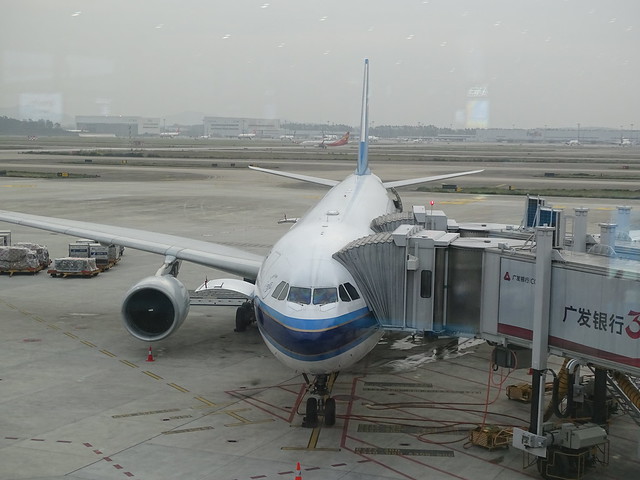
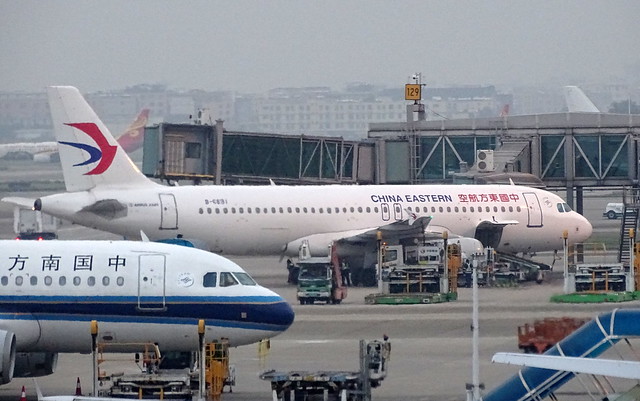
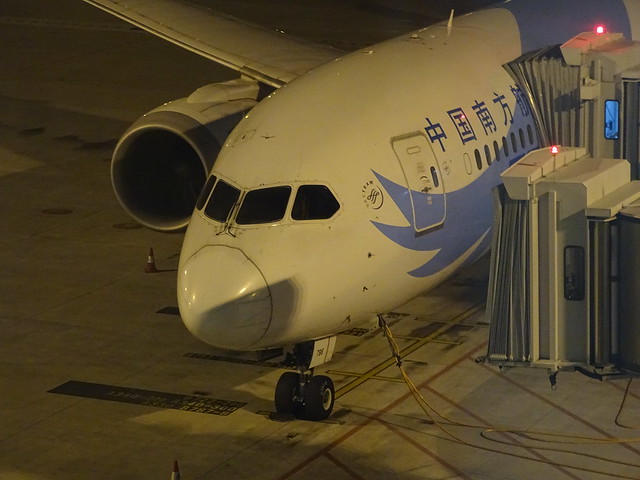
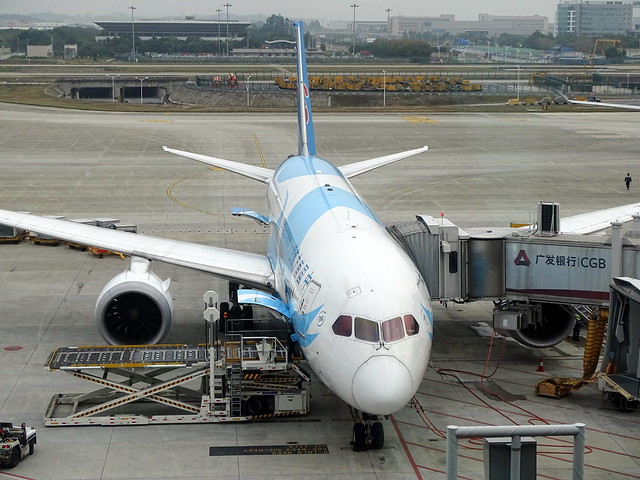
 RSS Feed
RSS Feed